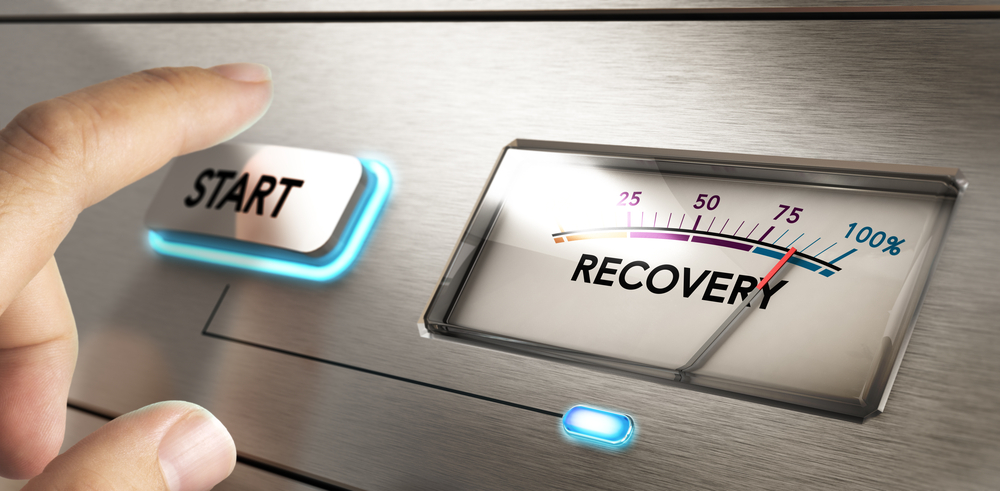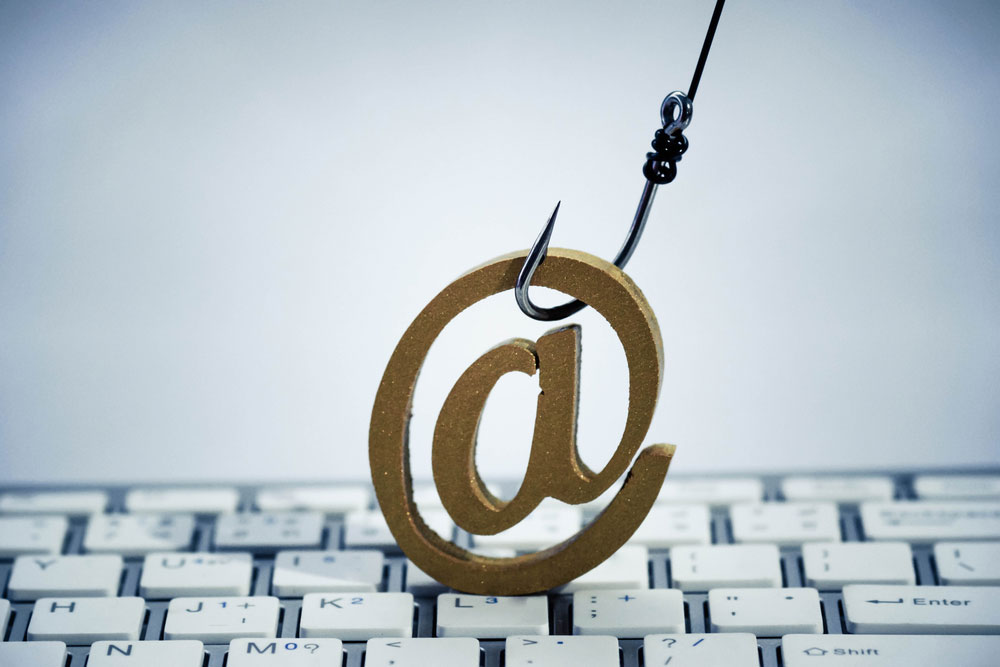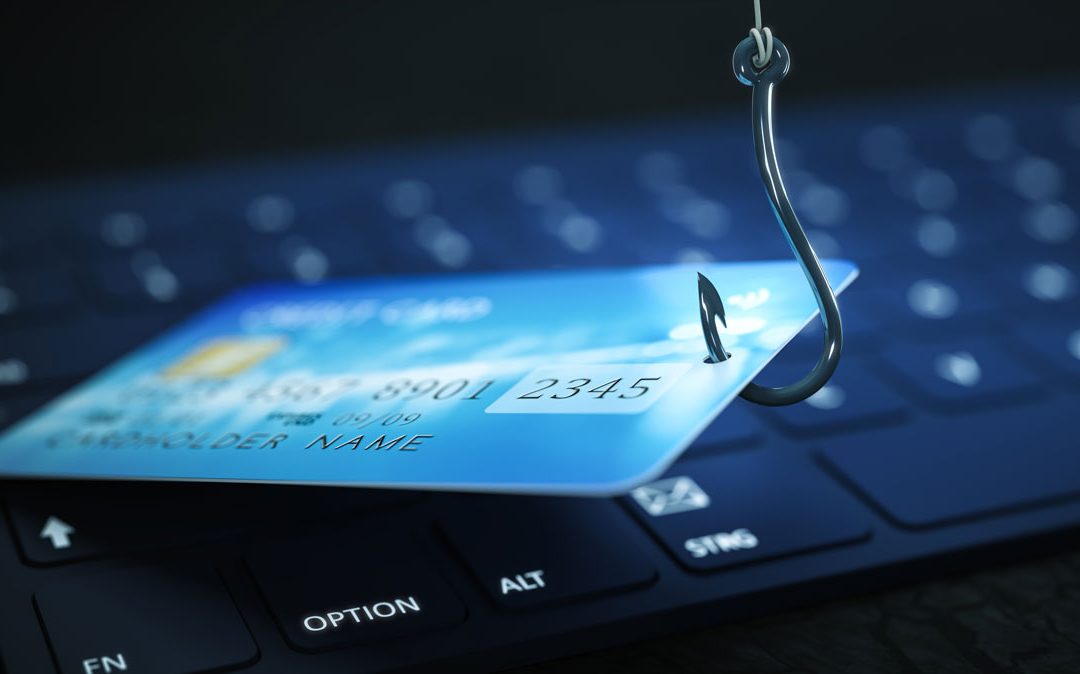
It’s fair to say that everyone gets a little distracted at work from time to time. Even with intentions not to procrastinate, it can be a real challenge to stay on task. It can seem almost impossible to avoid distractions. According to statistics, workplace distractions account for a sizeable loss in productivity. Typically, a manager has an interruption every 8 minutes. Also, employees will spend around 28% of their working time dealing with unnecessary interruptions. So, how can we work towards preventing workplace distractions? Let’s take a look at some strategies to reclaim focus. We’ll also look into the different distractions that can be problematic for remote workers and those in the office environment.
How to be distraction-free from your workplace
Having good habits and sticking to them is one strategy for eliminating distractions. Start by focusing on your working environment. Encourage employees working from home to organize their home office so that there are few temptations to get stuck on something other than work. This task isn’t easy, however. Given that most people rely on computers for work, it is easy to be distracted by non-work-related sites. It might be wise to consider using an app that blocks certain websites during working hours.
For employees in shared offices or shared home working spaces, closing doors or using noise-canceling headsets can be helpful. Another idea is to put your phone somewhere out of reach and put it on silent mode. For those employees in open offices, it might be a good idea to try and move to somewhere quieter. Some studies show that workers in open offices report more distractions than those working in more isolated areas.
Averting workplace distractions for remote workers
Given the rise in remote working, many people who managed to work in an office environment without distractions have found themselves with distractions they have never encountered before.
For employees who shifted to work from home during the pandemic, many were distracted by their children. Some workers had to be full-time or part-time childcare at the same time as holding down their job. Thankfully, childcare has resumed, so remote workers are more ‘alone’ when working remotely. This fix doesn’t, however, mean that distractions have vanished.
Many people working from home have partners who look after young children, so the distractions or potential for distractions remain. Other distractions include realizing some jobs need doing around the house, like laundry or cooking, pets, partners popping in for a quick chat, unexpected visitors, and parcel deliveries.
One solution to preventing workplace distractions is making it clear to others at home that disruptions aren’t welcome. A simple ‘do not disturb’ sign might do the trick when paired with a noise-canceling headset.
Preventing distractions from your office work
After reading the above section about remote working, it might be easy to think that remote workers are more distracted than office workers. This idea isn’t the case, however. According to Airtasker, remote employees are more productive than office employees and are less distracted. So, what is distracting our office workers?
More often than not, it is other employees that cause distractions for office workers. Co-workers who come over for quick chats, phone calls, Microsoft Teams messaging, Google Workspace, or even emails will all slow down employees. Other non-work-related distractions include switching over to check social media, time management, and even chatting in the breakroom.
Some solutions that help to prevent these include:
Ensure employees are aware of workplace etiquette when it comes to talking to colleagues. Be sure they know your thoughts on how much chatting is allowed about non-work-related topics.
Have communication policies in place with regards to emails and reply turnaround time.
Consider using software to block certain websites that might cause distractions (like social media)
Have a telephone policy in place so everyone knows your expectations when using personal phones at their desks.
Teach your employees how to organize and mute notifications in Teams, M365, etc.
Hold regular, but not too many, team meetings and discuss distractions and how to overcome them. It’s possible that there are communication issues that will never be resolved unless they’re brought to your attention.
Final thoughts on preventing workplace distractions
While you cannot prevent distractions altogether, there are things you can do to help your employees stay on task. Don’t underestimate the importance of having an open working relationship built on mutual trust and respect. Many employees work their best when they’re trusted to complete their work without micromanagement. In a trusted environment, they might find themselves more focused on their work as a result. If you have any questions about shifting your current workplace, contact us today. We are here to help.










Recent Comments